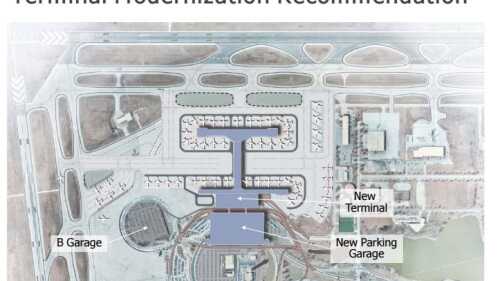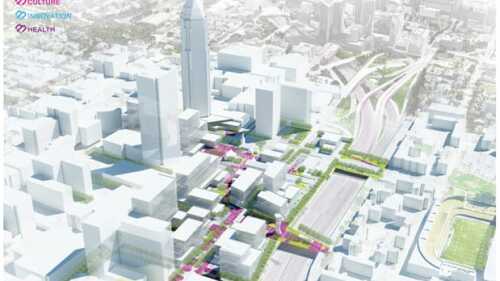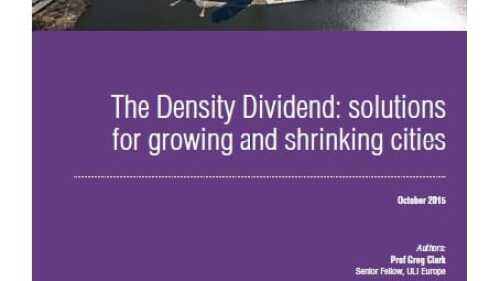Urban and Regional Planning
If you have ever flown through Kansas City International Airport, you likely have noticed the three stand-alone horseshoe terminals—only two of which are active. Or the lack of food and beverage choices, restrooms, and other amenities near the gates compared with what is available at similar, modern airports.
Developers of master-planned communities (MPCs) must prepare for the next generation of buyers who will be more sophisticated and more discerning because they will come from urban environments, attendees were told at the 2017 ULI Spring Meeting.
Harvard University’s Graduate School of Design recently released a report examining how urban planning and design interventions can help improve housing and urban development practice in Mexico, including densifying existing population centers with infill development and retrofitting infrastructure and services in areas where existing homes have been abandoned.
For midsized U.S. cities to compete successfully in the 21st-century global marketplace, it is crucial for governments to think beyond the tired strategy of luring away employers from other locales. Instead, city officials need to focus on land use and placemaking as ways to attract talent, generate new business opportunities, and consolidate economic and community development to enhance their brands, according to speakers at ULI’s 2016 Fall Meeting in Dallas.
A team representing Harvard University has taken top honors in the 2016 ULI Hines Student Competition with its winning master plan proposal to transform a Midtown Atlanta site in a thriving, sustainable, mixed-use, walkable, and transit-accessible neighborhood. Though based on a hypothetical situation, the 2016 Hines Student Competition reflects many real-life concerns of Atlanta.
The $1 billion in National Disaster Resilience Competition (NDRC) grants recently awarded by the U.S. Department of Housing and Urban Development (HUD) is a critical step in helping states and communities across the nation become more resilient to the impacts of climate change, according to ULI. In addition, the grant proposals and winning applications have highlighted the important connections between urban design and development and improving community resilience.
Over the past decade, innovation districts have been popping up around the globe, from Barcelona to Seattle. Although there is no “cookie cutter” formula to these technology-centric developments, they do have some elements in common, including a major anchor institution and a shared goal of bringing together a mix of uses within a dense urban setting.
Densification is the key to responding to population growth, economic changes, new lifestyle preferences, and the sustainability imperative in European cities, according to a new report by ULI and TH Real Estate. The Density Dividend: Solutions for Growing and Shrinking Citiesdraws from the experience of six European cities at various stages of population change and makes clear that many cities have little choice but to densify.
Could San Francisco’s landlords finance badly needed earthquake retrofits by converting garages into “granny flats” while also adding badly needed affordable housing?
Whereas China’s pollution problems are well publicized, less noticed has been how seriously the Chinese government is pursuing solutions.







